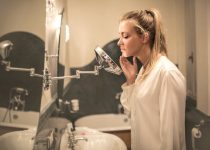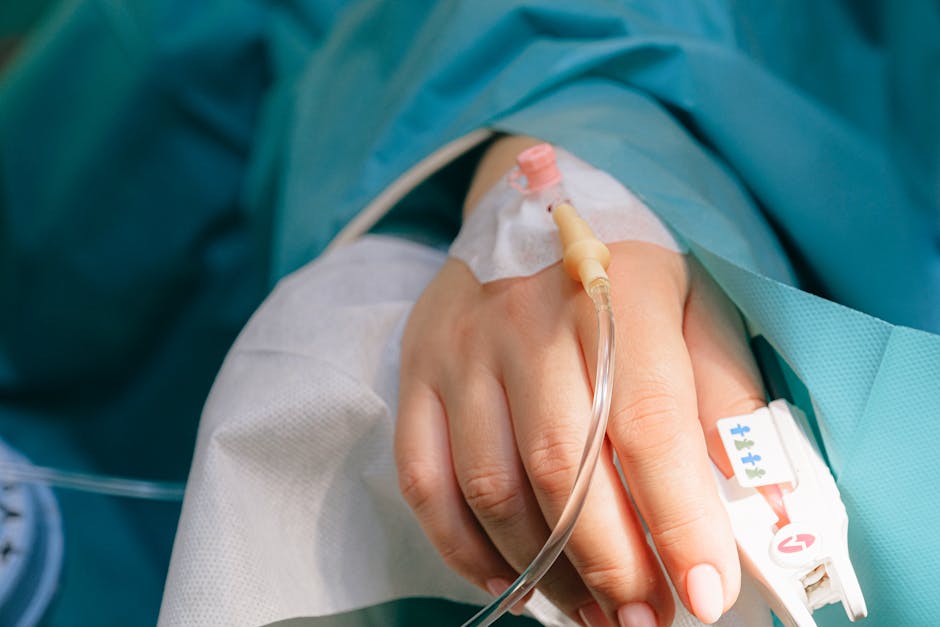Unveiling The Secrets To Banishing Acne: Comprehensive Treatment Options
Acne, an age-old skin ailment that affects millions worldwide, can be a source of frustration and embarrassment. From mild breakouts to severe inflammatory lesions, acne manifests itself in various forms. Fortunately, advancements in skincare and medical science have brought forth an array of effective treatments that can help control and even eliminate this common skin condition.
**Over-the-Counter Solutions**
For mild to moderate acne, over-the-counter (OTC) treatments offer a convenient and cost-effective option. Benzoyl peroxide, salicylic acid, and retinoids are some of the most widely used ingredients in OTC acne products. Benzoyl peroxide kills acne-causing bacteria, while salicylic acid unclogs pores and reduces inflammation. Retinoids, on the other hand, help regulate skin cell turnover and prevent future breakouts.
**Prescription Medications**
When OTC treatments fail to provide satisfactory results, prescription medications may be necessary. Topical antibiotics, such as erythromycin or clindamycin, can effectively combat bacterial infections and reduce inflammation. Oral antibiotics, like doxycycline or minocycline, are also prescribed for severe acne, particularly in cases of inflammatory lesions. Isotretinoin, a powerful retinoid, is reserved for the most severe forms of acne and requires close medical supervision due to its potential side effects.
**Hormonal Treatments**
For hormonal acne, especially in women, hormonal treatments may be beneficial. Birth control pills, which contain estrogen and progestin, can help regulate hormone levels and reduce acne breakouts. Spironolactone, an anti-androgen medication, can also be prescribed to block the effects of excess androgens, which can contribute to acne formation.
**Light Therapy**
Light therapy, particularly blue light and red light therapy, has gained popularity as a non-invasive treatment for acne. Blue light kills acne-causing bacteria, while red light reduces inflammation and promotes wound healing. Light therapy devices are typically used in combination with other treatments for optimal results.
**Chemical Peels**
Chemical peels involve applying a chemical solution to the skin to remove the top layers and promote skin renewal. Superficial peels, such as glycolic acid peels, can help unclog pores and improve skin texture. Medium-depth peels, like salicylic acid peels, can penetrate deeper to target inflammatory lesions and reduce scarring.
**Microdermabrasion**
Microdermabrasion is a skin resurfacing technique that uses fine crystals to gently exfoliate the skin. It can help improve skin texture, reduce the appearance of acne scars, and stimulate collagen production.
**Laser Treatment**
Laser treatment is a more targeted approach that uses specific wavelengths of light to destroy acne-causing bacteria and reduce inflammation. It can be effective for both active acne and acne scarring. However, laser treatment can be more expensive and may require multiple sessions for optimal results.
**Lifestyle Modifications**
In addition to medical treatments, certain lifestyle modifications can also help manage acne. Maintaining a healthy diet, avoiding sugary drinks and processed foods, and getting regular sleep can all contribute to a clearer complexion. Stress management techniques, such as yoga or meditation, can also reduce inflammation and improve skin health.
**Conclusion**
Acne is a common skin condition that can affect people of all ages. Fortunately, there are numerous effective treatments available, ranging from OTC products to prescription medications and light therapy. By understanding the underlying causes of your acne and consulting with a healthcare professional, you can find the best treatment plan to effectively manage your skin condition and achieve a clearer, healthier complexion.


